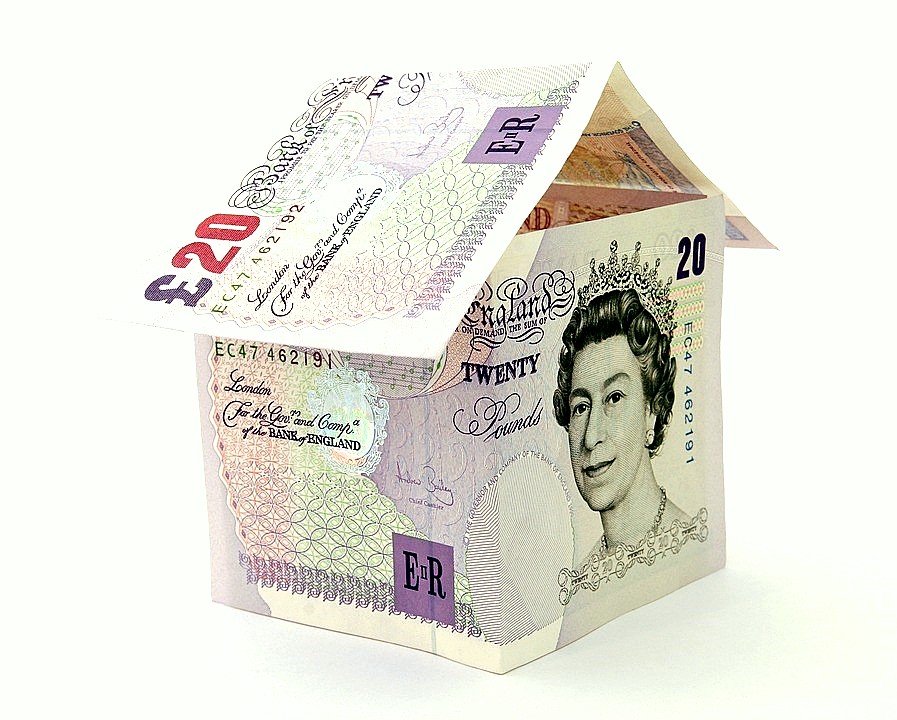 When it comes to buying property in the UK, you will likely have a range of funding options available for your next purchase. Whether you’re investing all of your own money and buying the property outright in cash, taking out a mortgage for a residential property, a commercial mortgage or a buy-to-let mortgage, or you’re looking at purchasing an auction property, being able to find the right funding for the property market can be tricky. However, taking the time to ensure you’ve got the right type of loan is well worth the time and effort.
When it comes to buying property in the UK, you will likely have a range of funding options available for your next purchase. Whether you’re investing all of your own money and buying the property outright in cash, taking out a mortgage for a residential property, a commercial mortgage or a buy-to-let mortgage, or you’re looking at purchasing an auction property, being able to find the right funding for the property market can be tricky. However, taking the time to ensure you’ve got the right type of loan is well worth the time and effort.
For those short on time or in need of an immediate cash boost, a bridging loan can be a lifesaver.
But what is a bridging loan?
It’s a short-term loan, usually paid off within 12 months, that can help you secure the funds you need faster than applying for other traditional types of lending to purchase property.
Bridging loans can come in two formats: open or closed. A closed bridging loan has a set end date when you take it out, and an open one doesn’t have an expected date to be repaid. A closed bridging loan is perfect for those currently selling a property but needing new money to buy a new property before the sale. On the other hand, an open bridging loan is a loan that is taken out without a specific end date, but most lenders expect it to be repaid within a 12-month. If you are considering a bridging loan but are not sure if it’s right for you, then read on to uncover what this type of lending can offer you for your next property purchase.
 Fast Access
Fast Access
Let’s say you’re heading to the auction but don’t quite have all the funds you need to purchase the property if one catches your eye or you have your eye on a particular property that’s up for sale. Instead of waiting for a traditional mortgage to be accepted, whether it’s going to be your primary residence or a rental property, for example, a bridging loan can enable you to access all of the funds you need upfront so you can make the sale until your mortgage is approved. Typically, quick bridging loans are approved and granted within five to fourteen days.
No Monthly Repayments
As mentioned, bridging loans are typically repaid within 12 months. However, one of their main benefits is that there are usually no monthly payments to make for the duration of the loan. You can choose to repay all of the loan and the interest in one lump sum either at the end of the period or as soon as you have the money. For example, if you’re selling a property and using a bridging loan to purchase a new one, you can repay the bridging loan in one lump sum as soon as your current property is sold. However, it’s important to note that if you cannot sell your property within the agreed-upon time, you may pay more interest. This option is also ideal for those looking to make a quick purchase and flip a property, for example, and get it back on the market within 12 months, meaning that you can lend the money and not make any repayments until you sell the property and then repay the amount that you’ve borrowed in one lump sum.
You must log in to post a comment.